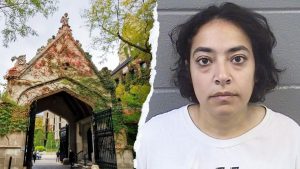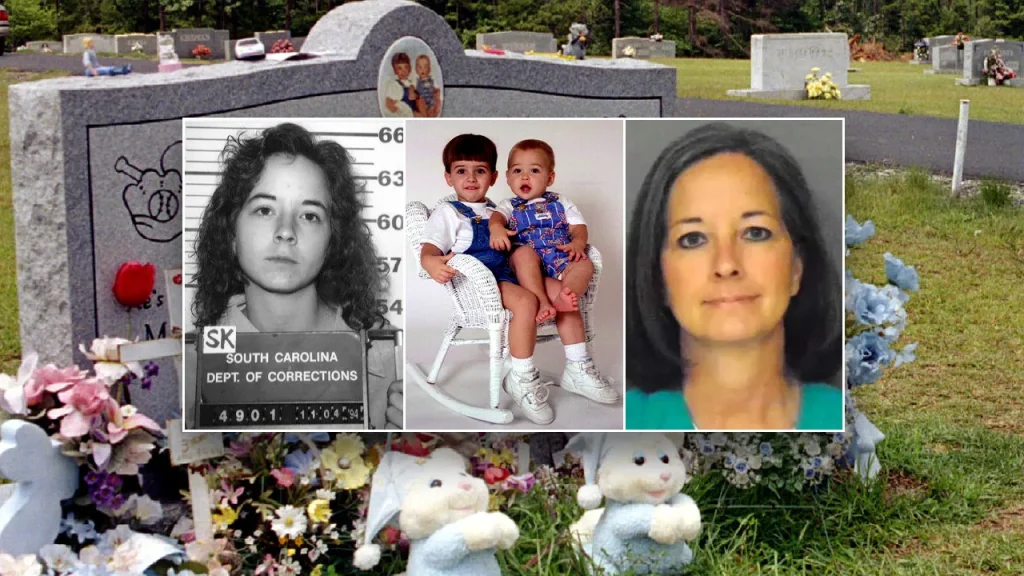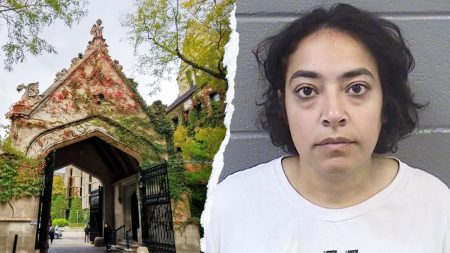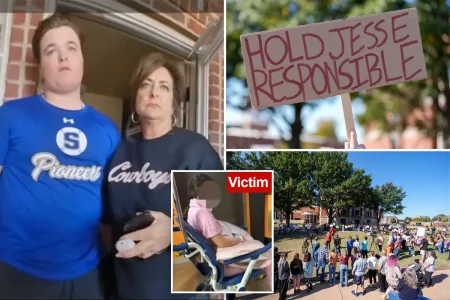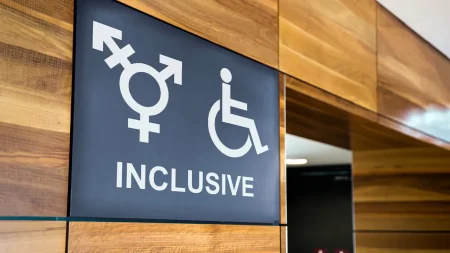The Enduring Case of Susan Smith: Why Her Former Prosecutor Believes She Should Remain Incarcerated
In 1994, a crime that shocked the nation unfolded when Susan Smith, a young mother from South Carolina, deliberately drowned her two young sons by strapping them into their car seats and sending her vehicle rolling into John D. Long Lake. Nearly three decades later, Tommy Pope, the prosecutor who successfully put Smith behind bars and who now serves as a Republican in the state Legislature, maintains that she should remain incarcerated despite her upcoming parole eligibility in 2026. Speaking at CrimeCon in Denver this September, Pope expressed his conviction that Smith’s continued imprisonment serves as necessary punishment for her horrific actions, even while acknowledging she may not pose a conventional threat to society if released. “It’s not like she’s going to have two more kids and do the same thing, arguably,” Pope noted, suggesting that the issue isn’t about public safety but about justice for her unconscionable crime.
The case remains seared in the American consciousness partly because of its shocking nature and the deliberate deception Smith employed in its aftermath. On that October evening in 1994, Smith, then just 22 years old, watched for six long minutes as her car slowly submerged in the lake with her sons—3-year-old Michael and 14-month-old Alexander—trapped inside. What followed was perhaps equally disturbing: Smith fabricated an elaborate story about a Black carjacker who had supposedly stolen her vehicle with her children inside. For nine agonizing days, she and her then-husband David made emotional public pleas for their sons’ return, triggering a massive manhunt for a suspect who never existed. Pope recalls his initial skepticism about the carjacking story, noting, “Carjackers don’t take kids.” He initially suspected Smith might have hidden the children somewhere due to marital troubles, but the truth—that she had deliberately killed them—came as a shocking revelation even to the seasoned prosecutor.
The motivation behind Smith’s heinous act has been the subject of much speculation and psychological analysis over the years. During her trial, prosecutors argued forcefully that she deserved the death penalty, portraying her actions as calculated and self-serving. According to Pope, Smith has consistently demonstrated a pattern of avoiding responsibility, casting herself either as a victim of circumstances or as someone deserving of special treatment. “It’s always somebody else’s fault,” Pope observed. “She’s either a victim or a princess.” This characterization speaks to what many see as Smith’s manipulative nature—her ability to present herself in whatever light might best serve her interests at any given moment. This talent for self-portrayal has been evident throughout her incarceration, where she has repeatedly violated prison rules in ways that suggest she believes herself exempt from the constraints that govern others.
Smith’s time in prison has been marked by multiple infractions that underscore Pope’s characterization of her as someone who believes rules don’t apply to her. She has been caught improperly communicating with a crime victim or witness, speaking with a documentary filmmaker without authorization, and—perhaps most controversially—engaging in sexual relationships with prison guards. These violations not only reflect poorly on her rehabilitation prospects but also suggest a continuing pattern of manipulation and disregard for boundaries. They have factored into previous parole denials, including her most recent hearing in 2024, where both Pope and Smith’s ex-husband David appeared to argue against her release. Their testimony helped ensure she would remain incarcerated for at least another two years before becoming eligible for parole consideration again.
The ongoing impact of Smith’s crimes extends far beyond her own life and imprisonment. For David Smith, the father who lost both his young sons to their mother’s unfathomable actions, the wounds remain painfully fresh. Pope expressed a nuanced view of what David Smith might need for healing, suggesting that if Susan were released and simply disappeared from public view—”move to Montana and you never heard from her again, get married, do whatever she wants”—it might paradoxically provide some closure for her ex-husband, who has carried this tragedy for nearly thirty years. This perspective highlights the complex emotional calculus involved in cases where punishment serves not only society’s need for justice but also the ongoing psychological needs of those most directly victimized by the crime. While Pope firmly believes Susan Smith should remain in prison, he acknowledges the complicated reality that different outcomes might serve different aspects of healing for those involved.
The Susan Smith case continues to resonate in American criminal justice discussions partly because it embodies so many troubling elements: the murder of innocent children by their own mother, the cynical exploitation of racial stereotypes in her false carjacking story, the public manipulation through televised emotional appeals, and the ongoing questions about appropriate punishment for crimes that shock the conscience. As her 2026 parole hearing approaches, the debate will inevitably intensify about whether justice is better served by her continued incarceration or eventual release. Pope’s position remains clear—that Smith’s punishment should continue regardless of whether she presents an ongoing danger—but society’s broader conversation about the purposes of incarceration will surely influence how her case is viewed. What remains indisputable is the tragedy at the center: two young lives cut short by the person who should have been their most devoted protector, leaving a wound in the fabric of a family and community that will never fully heal.

